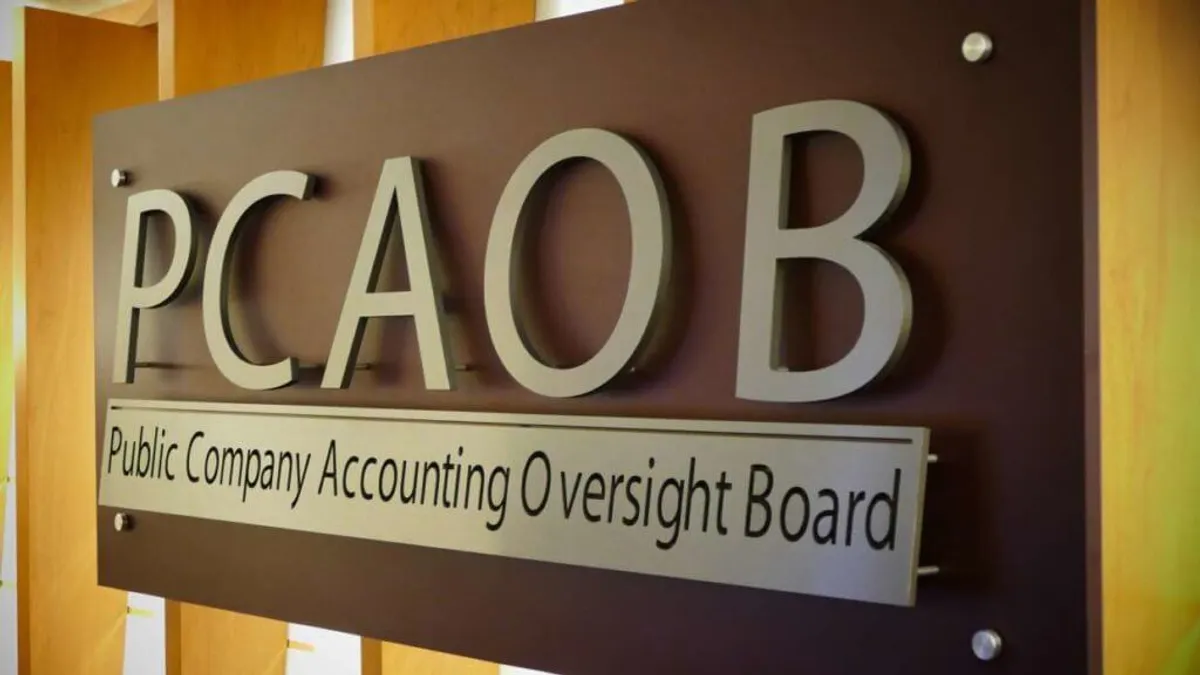Your KPIs can tell you if your SaaS startup is heading down the road that most frequently leads to failure, Y Combinator CEO Michael Seibel said in a SaaStr webcast.
The vast majority of startups fail after receiving seed funding and 70% of those go under from a lack of product market fit, said Seibel, whose company was an early investor in Stripe, Airbnb, Dropbox, Reddit, DoorDash, and Scribd.
The problem for many executives is they convince themselves they have product market fit, in part because they're able to attract startup capital from successful investors, but they're fooling themselves; investors know most startups fail.
"They think if these people chose their company, it means they must be on to something, must be building the right solution for the problem they're trying to solve," Seibel said.
Instead of seeing investors as validation of your idea, he said, identify your company's performance metrics, set weekly goals against them, and keep upping your game. "Airbnb did this amazingly well," he said.
Airbnb's founders came to his company in 2009, just after the economic crash, so they had to show they were generating revenue if they hoped to attract investors. "They needed to generate $4,000 a month to be profitable, what we call ramen profitable," he said. "That would cover rent and eating ramen."
For most SaaS businesses, the key KPIs are going to include annual revenue, churn and payback period.
"If you don't know these numbers or you don't look at them, it's easy to convince yourself you have product market fit when you don't," he said.
Not only will the numbers tell you you're succeeding, you'll feel it in your operations, he said. Your product will start breaking from higher-than-anticipated use, both by new users and retained customers, and you'll start making money from the customers you most want to have, not the ones that cost you more than they spend.
"You need both of those components to have product market fit," he said.
Attract first, scale later
Seibel cautioned companies against raising more capital than they need, because if you're too flush with money, you risk throwing it away chasing the wrong things.
You'll staff up too quickly, and you'll start looking for other metrics that make the company look good rather than stay focused on the metrics that measure your performance — moving to monthly usage from monthly revenue, for example.
"If you find yourself changing KPIs, usually you have to ask yourself, 'What's going on here?'" he said. "‘Did we get our KPI wrong in the beginning or are we not actually progressing our business?'"
The temptation for executives, if they're sitting on money from a big seed raise, is they'll try to drive revenue by ramping up hiring in sales. But if you can't generate word-of-mouth sales, there's probably a problem with your product market fit that no team of salespeople can fix.
"Get 10 customers who love your product," he said. "Do it in a non-scalable way. Getting sales and marketing channels working is secondary. That's more important after you have paying, retaining customers who love you."
If you do have money for hiring, your focus should be on engineers. Nothing is more important for a SaaS startup than having engineers who can make the products, features and fixes that will attract and keep customers.
"I've never heard anyone say, ‘I don't think we can build this' in any of the successful companies I've funded," he said.
The other problem of getting too much capital upfront is it can make you less attractive to later-stage investors. "The more you raise in seed, the higher expectations of series A investors," he said.
To an investor, a company that reaches $1 million in annual revenue after a $4 million seed investment looks less attractive than a company reaching that same revenue level after a $1.5 million seed round.
"How much more has $4 million accomplished versus one that raised $1.5 million?" he said. "It hurts your valuation when you raise additional capital."
Use your revenue
Seibel urged executives to try funding as much of their growth as possible using revenue rather than investment capital, not only because it improves valuation but it protects against dilution.
If you raise capital through pre-seed, accelerator, and seed stages, you can expect each of the investors in these rounds to take something like a 7% equity stake. That means, by the time you get to a series A round, a third of your equity belongs to investors.
"It's really easy to give up 30% of your company before the A," he said. "Fund your company with revenue. That can be a significant portion of your funding. If you do that, each of these pre-A rounds can be smaller."






















